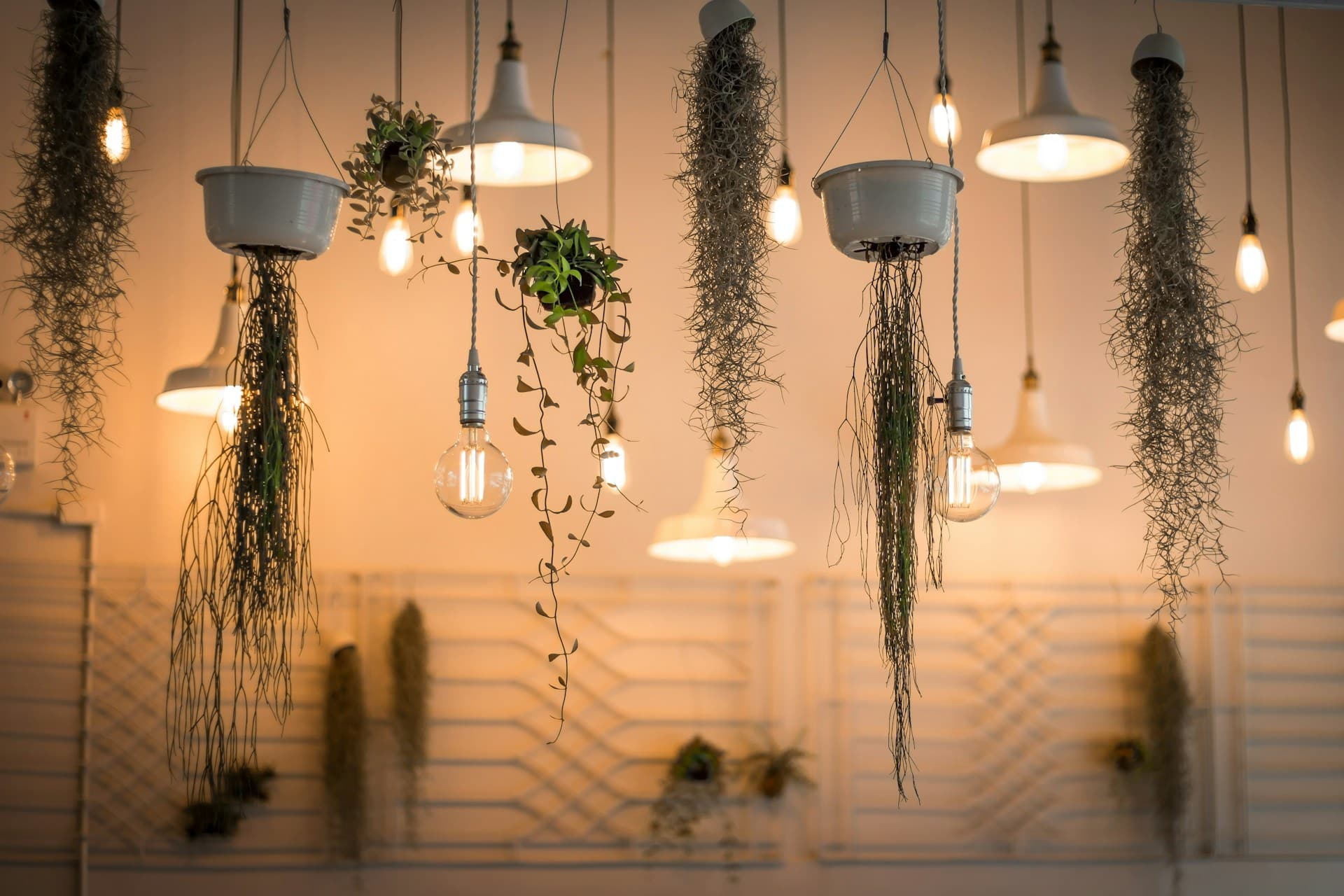Lighting plays a pivotal role in any art gallery; it can make or break the visual experience of the viewer. But when you’re planning to set up a small art gallery at home, you might find yourself in a bit of a conundrum. How can you ensure optimal lighting that will highlight the beauty and detail of your artwork, yet still blend seamlessly with the rest of your home décor?
This article will discuss some of the best lighting solutions for your home art gallery, taking into account color temperature, light source, and natural versus artificial lighting. By the end of this read, you will have a comprehensive understanding of how to achieve the best lighting conditions for your art pieces.
A lire aussi : How to Organize a Home Office for a Professional Graphic Designer?
Understanding the Importance of Color Rendering Index (CRI)
Before delving into different lighting solutions, it’s crucial to understand the significance of the Color Rendering Index (CRI) in lighting an art gallery. CRI is a scale used to measure the ability of a light source to accurately reveal the colors of an object compared to natural light. It is measured from 0-100, and a high CRI value signifies a better color rendition.
When it comes to artwork, it’s imperative to use a light source with a high CRI. It ensures that the true colors of your artwork are reflected, making the piece look more vibrant and engaging. LED bulbs are a popular option for achieving high CRI values. They offer a wide range of color temperatures and can be adjusted to suit the specific needs of each artwork.
Avez-vous vu cela : How to Choose the Best Ergonomic Furniture for a Teen’s Study Area?
Investing In Natural Lighting Solutions
Natural light is considered the best source of light for an art gallery. It gives an authentic view of the artwork, reflecting the true colors and details of each piece. However, making the most out of natural light can be quite tricky. You’ll need to consider the direction of the light, intensity of sunlight, and potential for glare.
Firstly, consider the positioning of your art gallery. It’s best to place your gallery on a wall that receives indirect sunlight, such as a north or south-facing wall. This will provide consistent light throughout the day, without causing any direct sun exposure that could potentially damage the artwork.
Remember that the quality of natural light changes with the time of day and season. It is, therefore, essential to complement it with artificial lights to maintain consistency in illumination.
Choosing the Right Artificial Lighting: LED Lights
When natural light is insufficient or inconsistent, artificial lighting comes to the rescue. LED lights are the best choice for a home art gallery due to their versatility, energy efficiency, and high CRI values.
LED lights are available in a wide range of color temperatures, from warm to cool. The color temperature of a light source is measured in Kelvins (K), and it determines the hue of the light. A light source with a low Kelvin value will produce a warm, yellowish light, while a high Kelvin value results in a cool, bluish light.
For art galleries, it’s best to opt for neutral or cool white LED lights. They have a color temperature between 3300K and 5300K, which closely resembles daylight and provides a balanced, natural light that is ideal for showcasing artwork.
The Art of Accent Lighting
Accent lighting is a technique that uses light to highlight specific features or objects, such as artworks. This type of lighting is essential in a home art gallery. It draws the viewer’s attention to specific pieces and can create a dramatic effect.
There are several ways to achieve accent lighting. One popular method is through the use of track lights. These are a series of fixtures mounted on a track that can be directed towards specific artworks. Track lights are versatile, allowing you to adjust the direction and intensity of light as per the artwork’s needs.
Wall-mounted picture lights are another excellent accent lighting option. They are mounted directly above the artwork and cast a focused beam of light downward, illuminating the artwork without causing glare.
Balancing Light Intensity and Temperature
Balancing light intensity and temperature is a crucial aspect of lighting an art gallery. Light intensity, or brightness, should be adjusted according to the color and texture of the artwork. Darker or highly textured artworks will require more light to highlight their details, while lighter or smoother artworks will need less light to prevent glare or washout.
Temperature, on the other hand, refers to the color of the light. For an art gallery, neutral or cool lights are generally recommended as they give a balanced, natural view of the artwork. However, feel free to experiment with different light temperatures to see what works best with your artwork.
Remember, the goal is to create a lighting setup that enhances the beauty of your artwork and offers viewers an immersive, engaging experience. By understanding and balancing these elements, you can transform your home into a small, well-lit art gallery that is both a visual delight and a haven for art lovers.
Utilising Ceiling Mounted and Track Lighting
Ceiling mounted and track lighting solutions are some of the most popular choices for lighting an art gallery. They offer flexibility, allowing you to highlight individual pieces of artwork with precision.
Ceiling mounted lights, as implied, are installed on the ceiling. They are ideal for general lighting, illuminating the entire gallery space evenly. Some popular types of ceiling mounted lights for art galleries include recessed lights and pendant lights. Recessed lights are embedded into the ceiling, providing a clean, modern look. Pendant lights hang from the ceiling and can add an artistic touch to your gallery.
Track lighting, on the other hand, is perfect for accent lighting. Track lights are a series of individually adjustable light heads mounted on a track. They can be directed towards specific artworks, allowing you to control the intensity and direction of light. This is especially useful for highlighting the intricate details of your art pieces.
Be mindful when installing these lights. The position and angle of the lights are crucial. They should be positioned in such a way that they do not cause glare or create harsh shadows on the artwork.
The Role of Windows and Natural Light in Your Art Studio
Natural light, specifically North light, is often considered the holy grail of lighting art. North light is a diffuse, indirect light source that provides a soft, even illumination. This type of light source is particularly admired by artists because it reveals the true colours of an artwork without causing glare or dramatic shadows.
To take advantage of this light in your home art gallery, consider the placement of windows. Windows on the north or south sides of your home offer the most consistent and suitable daylight for viewing artwork. Add sheer curtains or blinds to control the amount of light entering the room and prevent direct sunlight, which can cause artwork to fade over time.
However, relying solely on natural light can be problematic due to its changing nature throughout the day and across seasons. Hence, it is necessary to combine natural light with artificial lighting to maintain a consistent lighting environment in your gallery.
Conclusion: Crafting a Well-Lit Home Art Gallery
Lighting up your home art gallery is no small task. It requires a careful balance of natural and artificial light, a thorough understanding of concepts like colour temperature and the color rendering index, and the judicious use of different light sources such as LED lights, track lighting, and picture lights.
Remember that the primary aim of gallery lighting is to enhance the viewer’s experience. It should highlight the details and true colours of the artwork, guide the viewer’s focus, and create a pleasant viewing environment. Be prepared to experiment with different lighting solutions, adjust the intensity and colour temperature, and make changes as needed. Take advantage of the flexibility offered by adjustable ceiling mounted and track lights, and the beauty of natural light from windows.
Ultimately, a well-lit art studio is about more than just visibility. Good lighting creates a mood, sets the tone, and tells a story. It breathes life into your artwork and transforms your gallery into a space that invites viewers in, captivates them, and leaves them in awe of the beauty that is art. By following these tips, you can create a home art gallery that is not just a place to display art, but an artwork in itself.






